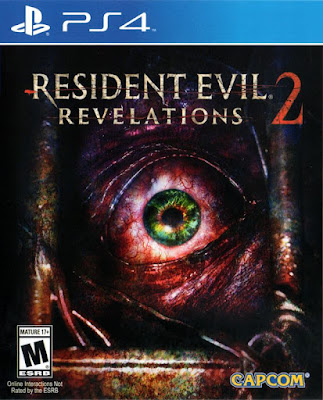Note: This review contains spoilers for Silent Hill 2.
In the decades since its release in 2001, Silent Hill 2 (SH2) has earned and maintained a reputation as one of the greatest survival horror games ever made thanks to its powerful storyline that tackled taboo subjects in a mature way. Fast forward to today and ten years after the 2012 release of Silent Hill: Downpour, Konami announced a full series revival, which included two SH2 projects: a remake also called Silent Hill 2 (SH2R), developed by Bloober Team, and a film adaptation, Return to Silent Hill, directed by Christophe Gans, who had previously directed the original Silent Hill film adaptation. Despite involving former Team Silent members Masahiro Ito and Akira Yamaoka throughout development, SH2R fought an uphill battle. Although Bloober Team had experience with horror titles like Layers of Fear, Observer, Blair Witch and The Medium, these titles usually had a mixed reception at best. Add to that the lack of pre-order bonuses for physical copies and the negative reception to early trailers, which included some differences in presentation and character models. Fortunately, confidence grew as the October 8, 2024 release date grew closer and the game released on PS5 and Steam to positive reception, as well as selling 1 million copies within the first three days.
Personally, I had faith in SH2R from the moment of its announcement, as I could sense the team’s passion behind the project, though I followed the development with more cautious optimism. When it released, I also had a hard time finding a physical copy on day one, but I fortunately found a store that still had a number of them left. Throughout the following playthrough, I felt impressed by what Bloober Team had accomplished and, when it ended, I took a little time to process my full opinion before writing this review. As of this post, I can confidently say that while SH2R isn’t a flawless masterpiece, and neither is the original, I think Bloober Team knocked it out of the park and made me even more excited about the series' future.







.jpg)






